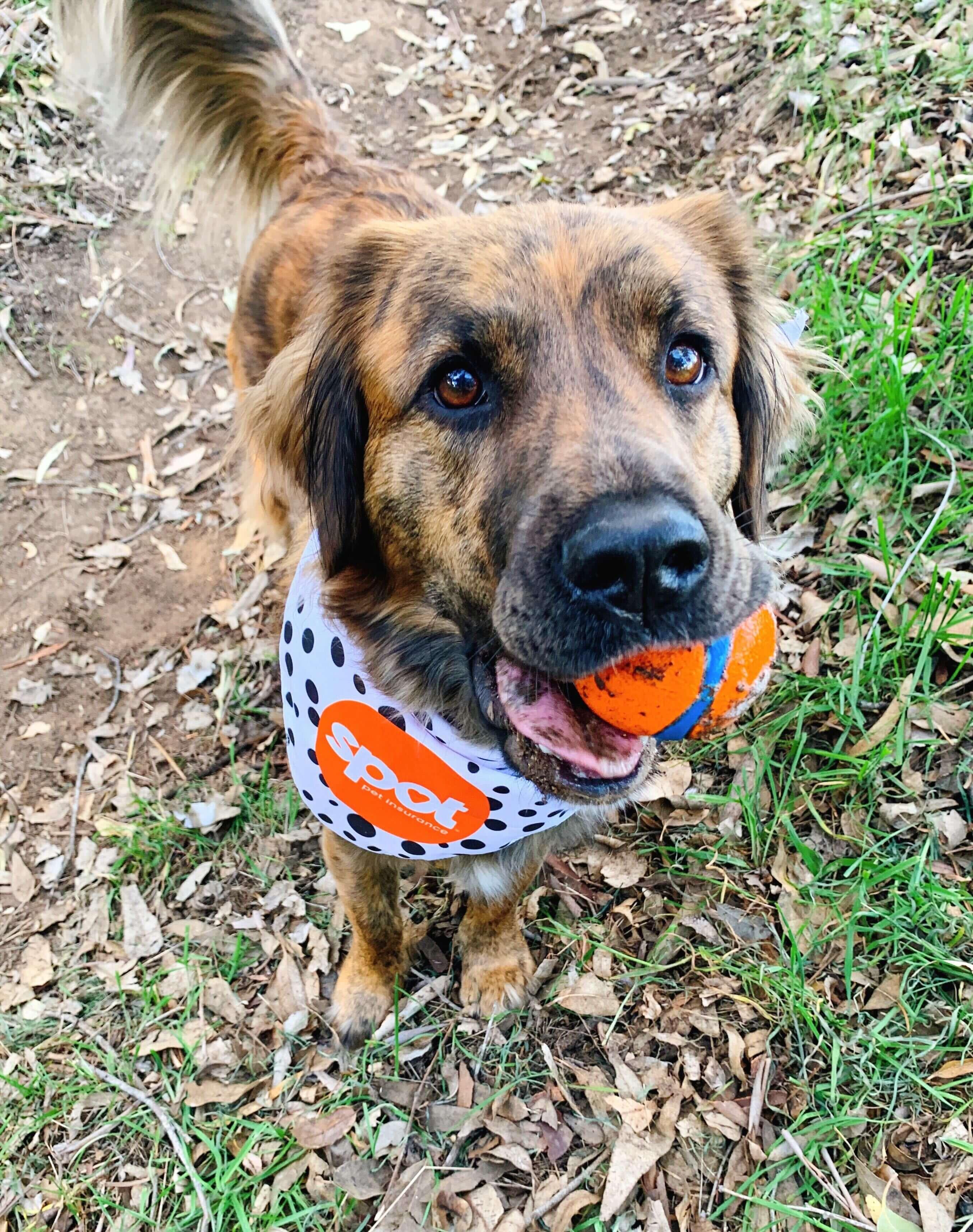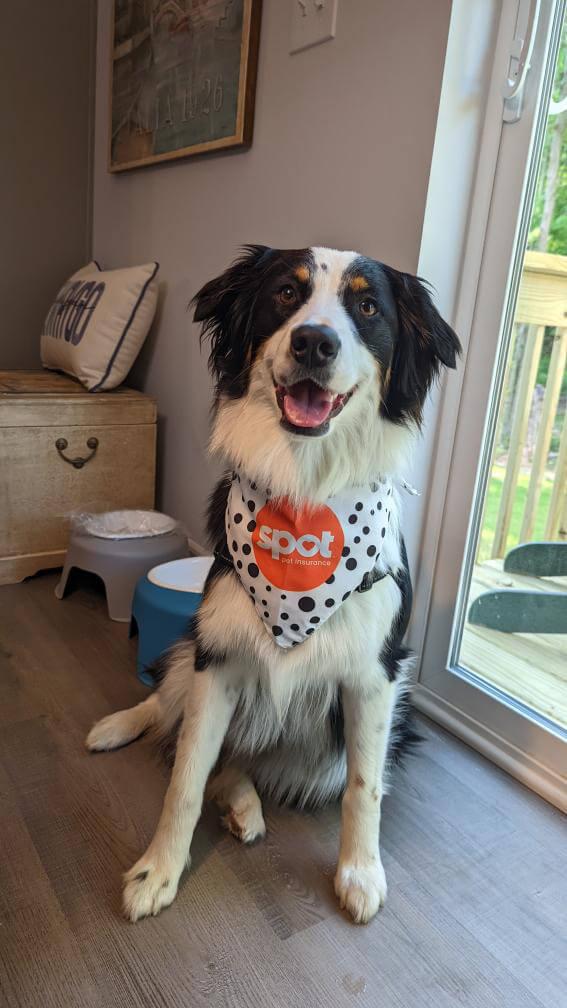Mange is a skin condition caused by microscopic mites that burrow into or live on a dog’s skin. These mites can cause itching, irritation, hair loss, and scabs. While some mites naturally exist on dogs in small numbers, an overgrowth—often due to stress or a weakened immune system—can trigger mange.
Mange can affect any dog, but it’s most common in puppies, rescues, and dogs with compromised immune systems. Early recognition and treatment make a big difference in recovery.
Types of Mange in Dogs
There are two main types of mange in dogs, each caused by a different type of mite.
Sarcoptic Mange (Canine Scabies)
Caused by Sarcoptes scabiei mites.
Highly contagious to other dogs and can cause temporary irritation in humans.
Common symptoms include intense itching, redness, hair loss (especially on elbows, belly, and ears), and scaly skin.
Requires veterinary treatment to eliminate mites and soothe the skin.
Demodectic Mange (Demodex)
Caused by Demodex canis mites, which naturally live in hair follicles.
Usually seen when the immune system is weak (puppies, older dogs, or those under stress).
Not contagious to other pets or humans.
Symptoms include patchy hair loss, mild itching, and red or flaky skin, often around the eyes or muzzle.
Symptoms of Mange in Dogs
Recognizing the signs of mange early can help your dog recover faster. Common symptoms include:
Excessive scratching or biting at the skin
Patches of hair loss
Red, inflamed, or scaly skin
Crusty sores or scabs
Unpleasant skin odor
Restlessness due to itching
If your dog shows any of these symptoms, a vet visit is the best next step.
Diagnosis of Mange in Dogs
To diagnose mange, your veterinarian will perform a skin scraping and examine it under a microscope to identify mites. Because mange symptoms can resemble allergies or bacterial infections, professional testing ensures accurate treatment.
Your vet might also recommend additional tests to rule out secondary skin infections, which can develop if the skin has been scratched or irritated for too long.
Treatment of Mange in Dogs
The treatment plan depends on the type and severity of mange:
Medicated shampoos or dips: Help remove mites and soothe the skin.
Topical or oral medications: Kill mites and prevent reinfestation.
Antibiotics: Used if a secondary infection is present.
Regular bathing and cleaning: Essential to remove mites from bedding and living spaces.
With proper treatment, most dogs recover completely within a few weeks to months.
Is Mange in Dogs Contagious to Humans or Other Pets?
Sarcoptic mange can spread easily between dogs and may cause temporary itching or redness in humans who come into close contact. However, the mites can’t reproduce on human skin and usually die off quickly.
Demodectic mange, on the other hand, is not contagious. It’s caused by mites that naturally live on a dog’s skin and only cause problems when immunity is low.
To prevent spreading sarcoptic mange, isolate the infected dog and thoroughly clean bedding, collars, and grooming tools.
How to Prevent Mange in Dogs
Keep your dog’s bedding and living area clean.
Schedule routine vet visits for skin and coat checks.
Feed a balanced diet to support immune health.
Use year-round parasite prevention.
Avoid close contact with stray or infected animals.
Healthy skin and a strong immune system are the best defenses against mange.
Mange in Dogs FAQs
How do you treat mange in dogs? Treatment depends on the type of mange. Vets may prescribe medicated shampoos, dips, or oral medications to kill mites and relieve itching. Severe cases might also need antibiotics for skin infections and anti-inflammatory medication for comfort.
How can you tell if a dog has the mange? Look for excessive scratching, hair loss, red or flaky skin, and sores. A vet can confirm mange through a skin scraping test under a microscope.
Is mange in dogs contagious to humans? Only sarcoptic mange (canine scabies) is contagious to humans, and even then, it’s temporary. Demodectic mange is not contagious.
Can a dog recover from mange on its own? Mild cases of demodectic mange may resolve as a dog’s immune system strengthens. However, sarcoptic mange requires veterinary treatment to fully eliminate mites and prevent spreading.
More About Spot Pet Insurance
Dog insurance can help provide financial assistance for covered veterinary care in case of unexpected accidents, illnesses, or injuries. Our plans can help pet parents manage the eligible costs of covered veterinary care and help ensure that their pets can receive the best treatment possible. Here are some ways that Spot pet insurance plans can help:
Helps Cover Unexpected Veterinary Costs: Spot pet insurance plans help cover the eligible costs of unexpected veterinary treatments, such as emergency surgeries, X-rays, and prescription medications for covered conditions.
Customizable Plans: Choose your annual limit, reimbursement rate, and deductible from a range of options, and create the plan that will fit the needs of your pet and your budget.
Peace of Mind: With Spot pet insurance plans, pet parents can know that they can provide the best care for their pet with less worry about the cost.
To learn more about Spot Plans or to get a free quote, click here.
Key Takeaway
Mange in dogs can look alarming, but with prompt treatment and good preventive care, most dogs make a full recovery. Regular vet visits, parasite prevention, and a healthy immune system are key to keeping your dog’s skin healthy and itch-free.
Spot Pet Insurance data shows that skin conditions like mange can lead to hundreds of dollars in vet costs—having coverage can make all the difference in ensuring your dog gets the care they need, without added stress for pet parents.

With 10 years of experience as a pet parent, I aim to empower pet owners with insights into pet insurance and maintaining their pet's well-being. I aspire to be a trusted source, combining knowledge with a commitment to the welfare of our beloved pets.
*Based on 2025 Spot Pet Insurance Services, LLC. Claims data












